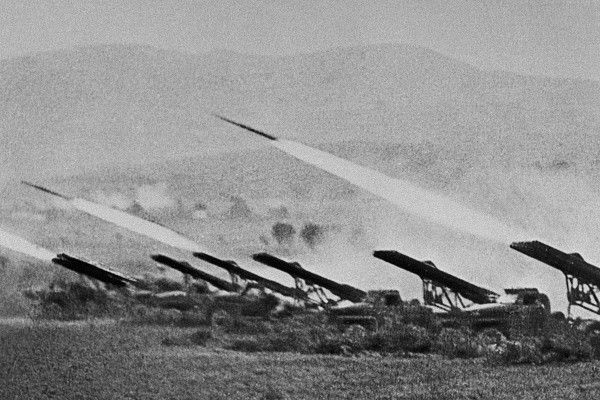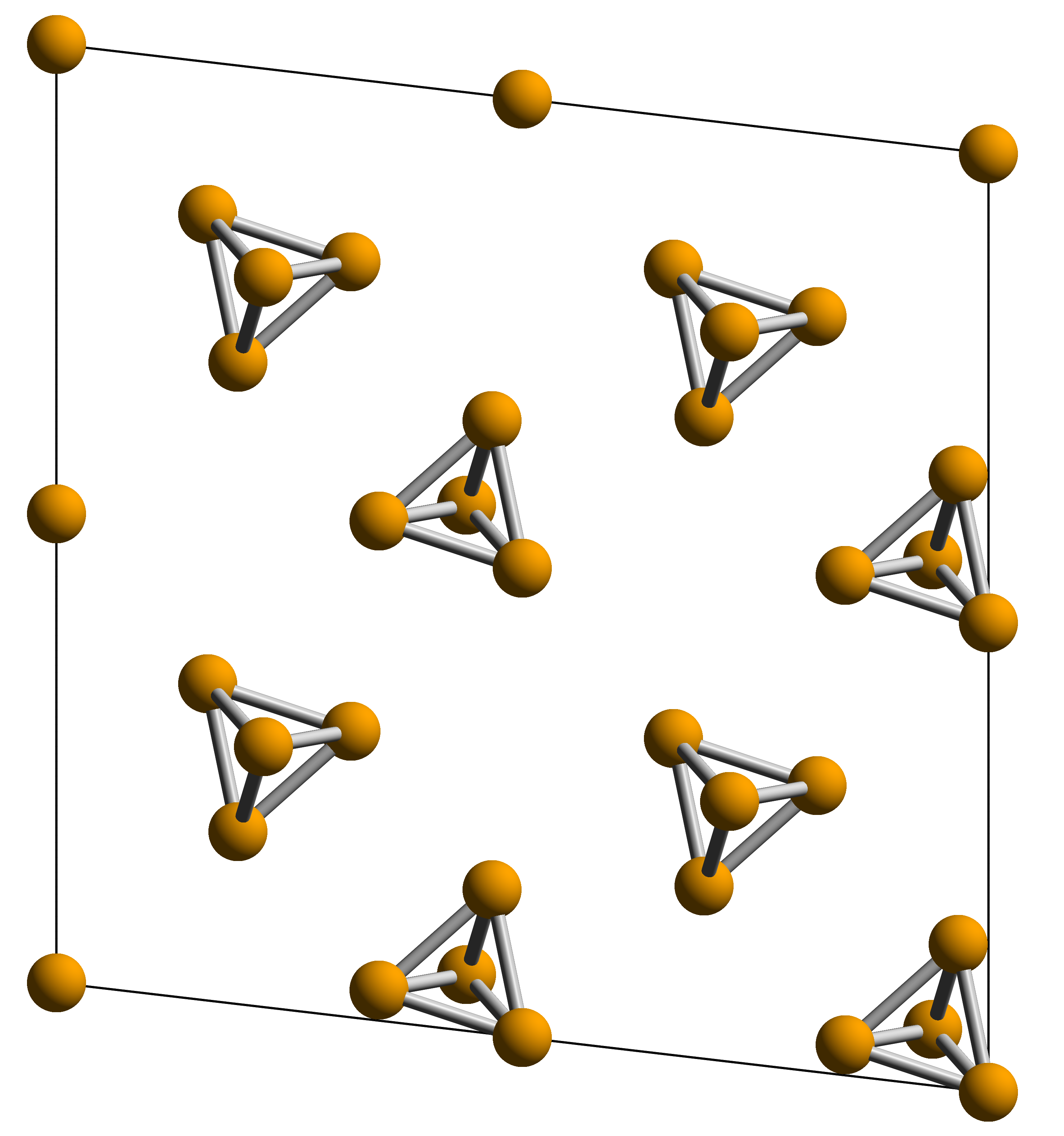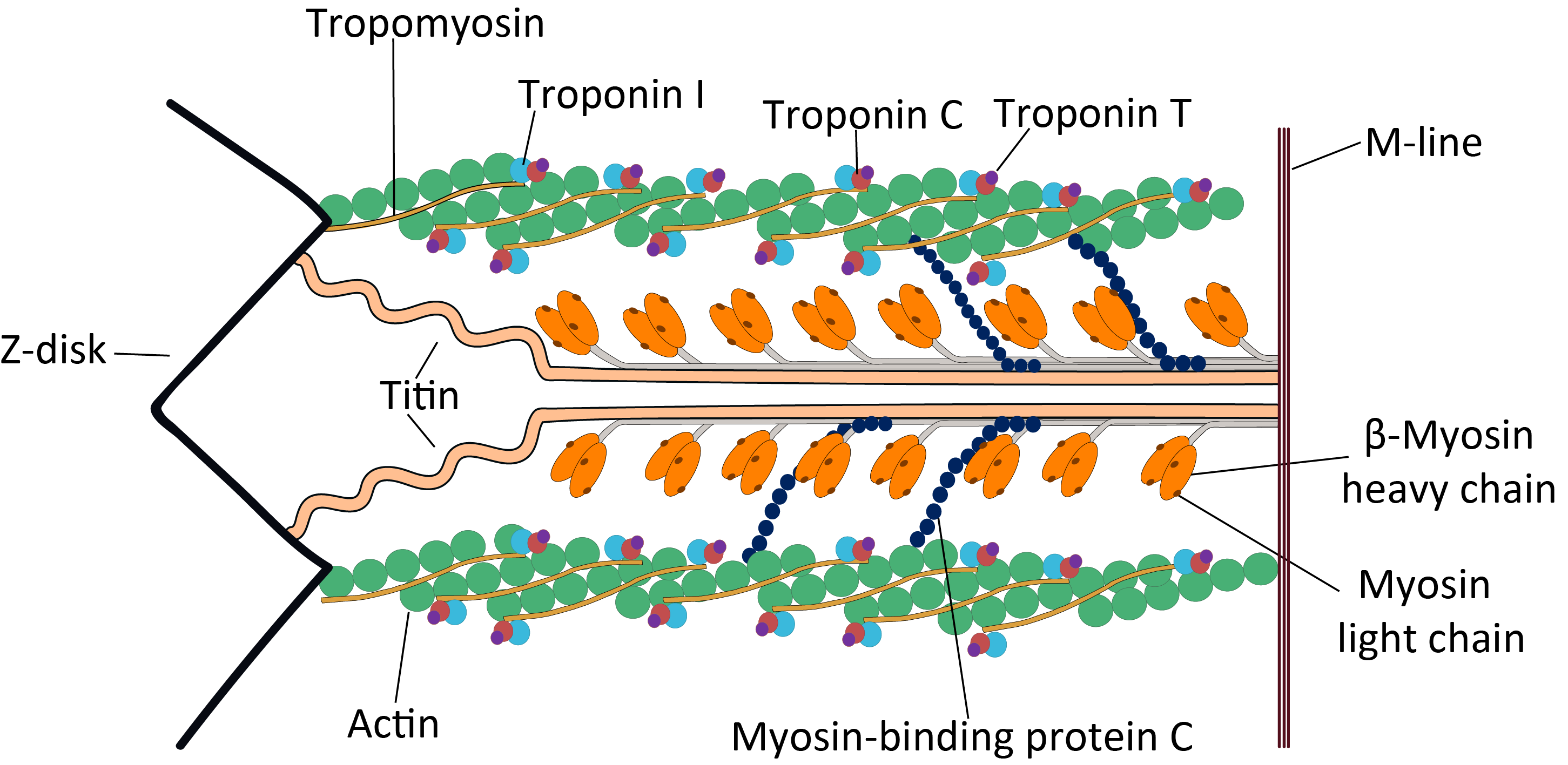|
M-14 (rocket)
The BM-14 (BM for ''Boyevaya Mashina'', 'combat vehicle'), is a Soviet-made 140mm multiple launch rocket system (MLRS), normally mounted on a truck. The BM-14 can fire 140 mm M-14 rockets with a high-explosive fragmentation warhead, a smoke warhead or a chemical warhead. It is similar to the BM-13 "Katyusha" and was partly replaced in service by the 122 mm BM-21 Grad. Launchers were built in 16 and 17-round variants. The rockets have a maximum range of . The weapon is not accurate as there is no guidance system, but it is extremely effective in saturation fire. Variants * BM-14 (8U32) - 16-round model (two rows of 8), launcher mounted on the ZIS-151 truck. Entered service in 1952. Also known as BM-14-16. ** BM-14M (2B2) - modified model, mounted on the ZIL-157. ** BM-14MM (2B2R) - final upgrade, mounted on the ZIL-131. * BM-14-17 (8U35) - 17-round (8+9 launch tubes) launcher, mounted on the GAZ-63A. Developed in 1959. This launcher was also used on naval vessels, for examp ... [...More Info...] [...Related Items...] OR: [Wikipedia] [Google] [Baidu] |
ZIS-151
The ZIS-151 () was a general-purpose truck produced by the Soviet Union, Soviet car manufacturer ZiL, Automotive Factory No. 2 ''Zavod imeni Stalina'' in 1948–1958. In 1956, the factory was renamed to ''Zavod imeni Likhacheva'', and new trucks were called ZIL-151 (). The ZIS-151 was the first major Soviet military all-wheel-drive truck built following World War II, replacing the imported U.S. Studebaker US6 and the earlier Soviet ZIS-6. In early 1948, the cabs were made of wood, soon replaced with a steel cab. Tens of thousands were produced, including specialized versions for hauling different types of cargo. The Soviets also found the trucks an ideal platform for BM-13 ''Katyusha'' rocket launchers. The most famous developments of ZIS-151 were the BTR-152 armored personnel carrier and the BAV 485 amphibious vehicle. Due to de-Stalinization the ZIS-151 was renamed in 1956 to ZIL-151. In 1958, an improved model, the ZIL-157, was introduced and replaced the ZIS-151. It diff ... [...More Info...] [...Related Items...] OR: [Wikipedia] [Google] [Baidu] |
BM-13
The Katyusha ( rus, Катю́ша, p=kɐˈtʲuʂə, a=Ru-Катюша.ogg) is a type of rocket artillery first built and fielded by the Soviet Union in World War II. Multiple rocket launchers such as these deliver explosives to a target area more intensively than conventional artillery, but with lower accuracy and requiring a longer time to reload. They are fragile compared to artillery guns, but are cheap, easy to produce, and usable on almost any chassis. The Katyushas of World War II, the first self-propelled artillery mass-produced by the Soviet Union,Zaloga, p. 150. were usually mounted on ordinary Missile vehicle , trucks. This mobility gave the Katyusha, and other self-propelled artillery, another advantage: being able to deliver a large blow all at once, and then shoot-and-scoot , move before being located and attacked with counter-battery fire. Katyusha weapons of World War II included the BM-13 launcher, light BM-8, and heavy BM-31. Today, the nickname ''Katyusha'' is ... [...More Info...] [...Related Items...] OR: [Wikipedia] [Google] [Baidu] |
White Phosphorus
White phosphorus, yellow phosphorus, or simply tetraphosphorus (P4) is an allotrope of phosphorus. It is a translucent waxy solid that quickly yellows in light (due to its photochemical conversion into red phosphorus), and impure white phosphorus is for this reason called yellow phosphorus. White phosphorus is the first allotrope of phosphorus, and in fact the first elementary substance to be discovered that was not known since ancient times. It glows greenish in the dark (when exposed to oxygen) and is highly flammable and pyrophoric (self-igniting) upon contact with air. It is toxic, causing severe liver damage on ingestion and phossy jaw from chronic ingestion or inhalation. The odour of combustion of this form has a characteristic garlic odor, and samples are commonly coated with white " diphosphorus pentoxide", which consists of tetrahedra with oxygen inserted between the phosphorus atoms and at their vertices. White phosphorus is only slightly soluble in water and can ... [...More Info...] [...Related Items...] OR: [Wikipedia] [Google] [Baidu] |
Trinitrotoluene
Troponin T (shortened TnT or TropT) is a part of the troponin complex, which are proteins integral to the contraction of skeletal and heart muscles. They are expressed in skeletal and cardiac myocytes. Troponin T binds to tropomyosin and helps position it on actin, and together with the rest of the troponin complex, modulates contraction of striated muscle. The cardiac subtype of troponin T is especially useful in the laboratory diagnosis of heart attack because it is released into the blood-stream when damage to heart muscle occurs. It was discovered by the German physician Hugo A. Katus at the University of Heidelberg, who also developed the troponin T assay. Subtypes * Slow skeletal troponin T1, TNNT1 (19q13.4, ) * Cardiac troponin T2, TNNT2 (1q32, ) * Fast skeletal troponin T3, TNNT3 (11p15.5, ) Reference values The 99th percentile cutoff for cardiac troponin T (cTnT) is 0.01 ng/mL. The reference range for the high sensitivity troponin T is a normal 52 ng/L. Backgr ... [...More Info...] [...Related Items...] OR: [Wikipedia] [Google] [Baidu] |
Russian Airborne Troops
The Russian Airborne Forces () is the airborne separate combat arm of the Russian Armed Forces. It is a rapid response force and strategic reserve that is under the President of Russia, reporting directly to the Chief of the General Staff, and is organized into airborne and air assault units. It was formed in 1992 from divisions of the Soviet Airborne Forces that came under Russian control following the dissolution of the Soviet Union. Troops of the Russian Airborne Forces have traditionally worn a blue beret and blue-striped '' telnyashka'' undershirt and are called ''desant'' (Russian: Десант), from the French ''Descente''. The Russian Airborne Forces utilizes a range of specialist airborne warfare vehicles and are fully mechanized. Traditionally they have had a larger complement of heavy weaponry than most contemporary airborne forces. Mission According to an order of the Ministry of Defense of the Russian Federation in 1997, the Airborne Forces form the strategic ... [...More Info...] [...Related Items...] OR: [Wikipedia] [Google] [Baidu] |
85 Mm Divisional Gun D-44
85 may refer to: * 85 (number) * One of the years 85 BC, AD 85, 1985, 2085 * 85 Io 85 Io is a carbonaceous asteroid in the central region of the asteroid belt, approximately 170 kilometers in diameter. It is an identified Eunomian interloper. Discovery and naming It was discovered by C. H. F. Peters on 19 September 186 ..., a main-belt asteroid See also * * List of highways numbered {{Numberdis ... [...More Info...] [...Related Items...] OR: [Wikipedia] [Google] [Baidu] |
GAZ-66
The GAZ-66 is a Soviet Union, Soviet and later Russian four wheel drive, 4x4 all-road (off-road) military truck produced by GAZ. It was one of the main cargo vehicles for motorized infantry of the Soviet Army and is still employed in former Soviet Union countries. It is nicknamed ''shishiga'' (шишига), ''shisharik'' (шишарик)/''shehsherik'' (шешерик), ''trueman'' (in Siberia). History After tests and trials, in 1969 GAZ-66 received the state quality mark of the USSR. It was the first USSR truck to receive such an award. Almost one million vehicles of this type were built for both military and civilian use. The GAZ-66 has gained legendary status in many countries due to its reliability, simplicity and off-road capability. Since the 1960s, the GAZ-66 has been popular with armed forces and off-road enthusiasts. Production ceased in 1999, with the GAZ-3308 being produced instead. Basic versions * GAZ-66-1 (1964–1968) - the first model with no centrali ... [...More Info...] [...Related Items...] OR: [Wikipedia] [Google] [Baidu] |
Project 1204
A project is a type of assignment, typically involving research or design, that is carefully planned to achieve a specific objective. An alternative view sees a project managerially as a sequence of events: a "set of interrelated tasks to be executed over a fixed period and within certain cost and other limitations". A project may be a temporary (rather than a permanent) social system (work system), possibly staffed by teams (within or across organizations) to accomplish particular tasks under time constraints. A project may form a part of wider programme management or function as an ''ad hoc'' system. Open-source software "projects" or artists' musical "projects" (for example) may lack defined team-membership, precise planning and/or time-limited durations. Overview The word ''project'' comes from the Latin word ''projectum'' from the Latin verb ''proicere'', "before an action", which in turn comes from ''pro-'', which denotes precedence, something that comes before s ... [...More Info...] [...Related Items...] OR: [Wikipedia] [Google] [Baidu] |
ZIL-131
The ZIL-131 is a general purpose 3.5 tonne 6x6 army truck designed in the Soviet Union by ZIL. The basic model being a general cargo truck. Variants include a tractor-trailer truck, a dump truck, a fuel truck, and a 6x6 for towing a 4-wheeled powered trailer. The ZIL-131 was introduced in 1966; it is a military version of the ZIL-130, and the two trucks share many components. The ZIL-131 6x6 has the same equipment as the GAZ-66 and Ural-375D. The ZIL-130/131 was in production at the AMUR truck plant (ZIL-130 as the AMUR-531350 and ZIL-131 as the AMUR-531340), with both gasoline and diesel engines, from 1987 until 2012 when AMUR shut down and filed for bankruptcy. Specifications *Cab Design: Forward Engine *Seating Capacity (cab): 3 *Curb weight: 6700 kg *Payload: 5000 kg plus trailer 5000 kg (on road), or 3,500 kg plus trailer 4000 kg off road. *Suspension: solid axles with leaf springs. *Engine: V8 gasoline (carburetor) ZIL-130 *Displacement: 6, ... [...More Info...] [...Related Items...] OR: [Wikipedia] [Google] [Baidu] |
ZIL-157
The ZIL-157 is a general-purpose -ton 6×6 truck, produced at the Likhachev plant in the Soviet Union from 1958 to 1977, when production was transferred to the Amur plant, since the Likhachev plant wanted to focus more on modern trucks, such as the ZIL-131 range. Nevertheless, production of the ZIL-157 trucks continued even after the fall of the Soviet Union, but eventually ended in 1994. History Some time after the start of serial production of the ZIS-151, the revision of the ZIS-151 began. The new project was given the title ZIS-157. By 1956, two prototypes had been produced, which had some technical innovations compared to the ZIS-151. This also included tires specially developed for this vehicle, which were particularly wear-resistant due to the use of several layers of material. The spare wheel was no longer mounted behind the driver's cab, but under the truck, which allowed the frame and thus the entire truck to be shortened. A tire pressure control system was ... [...More Info...] [...Related Items...] OR: [Wikipedia] [Google] [Baidu] |




